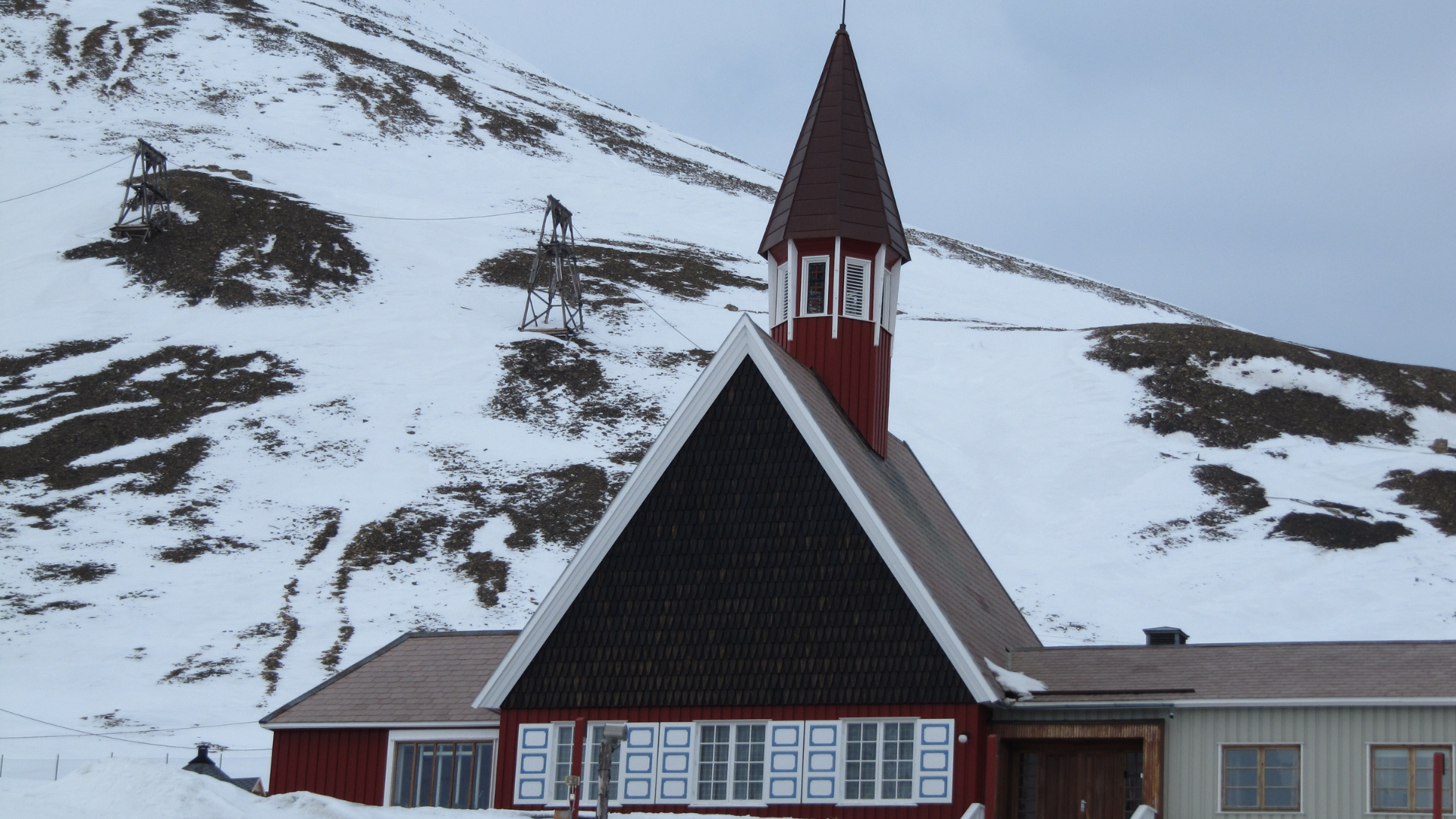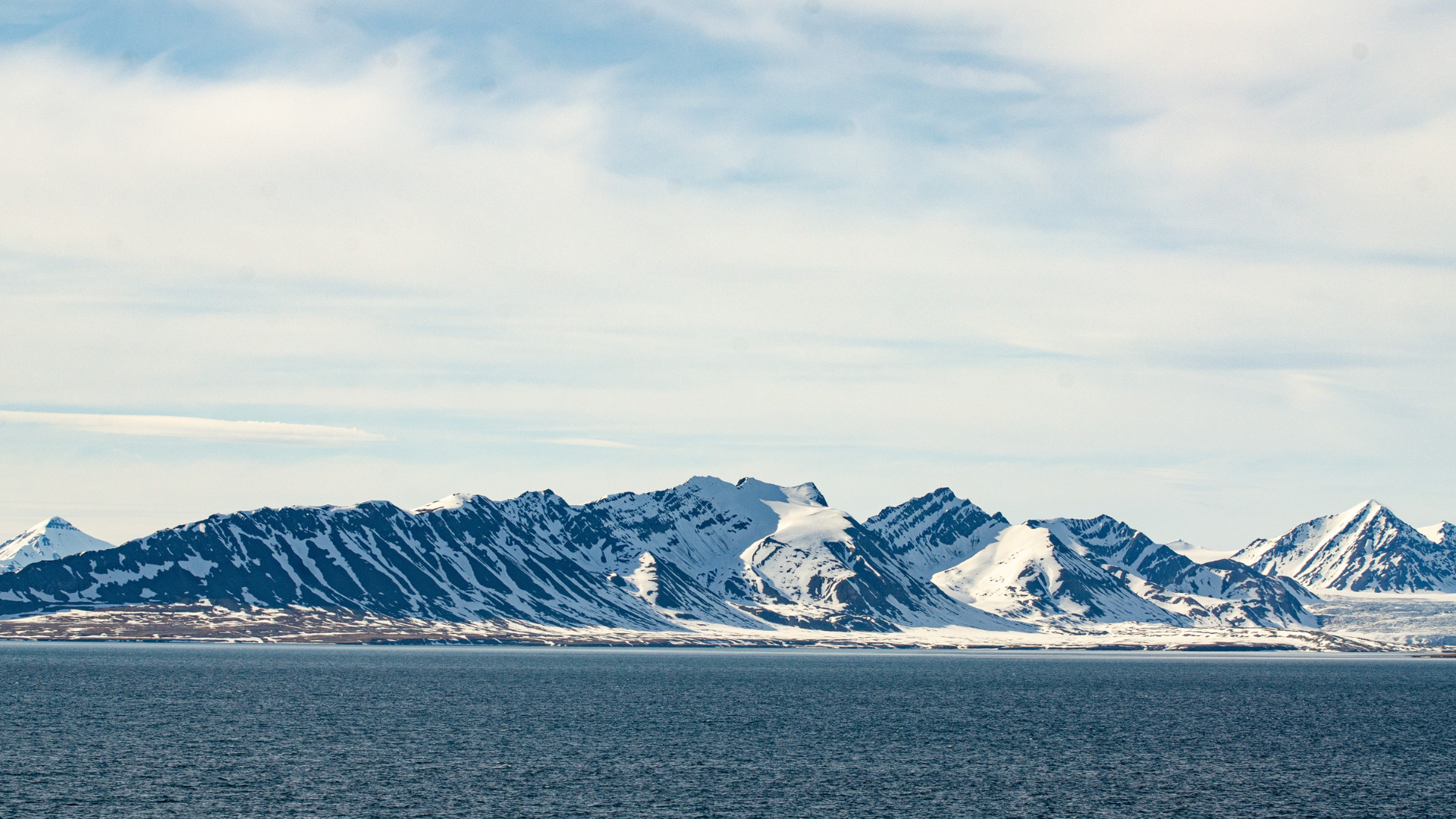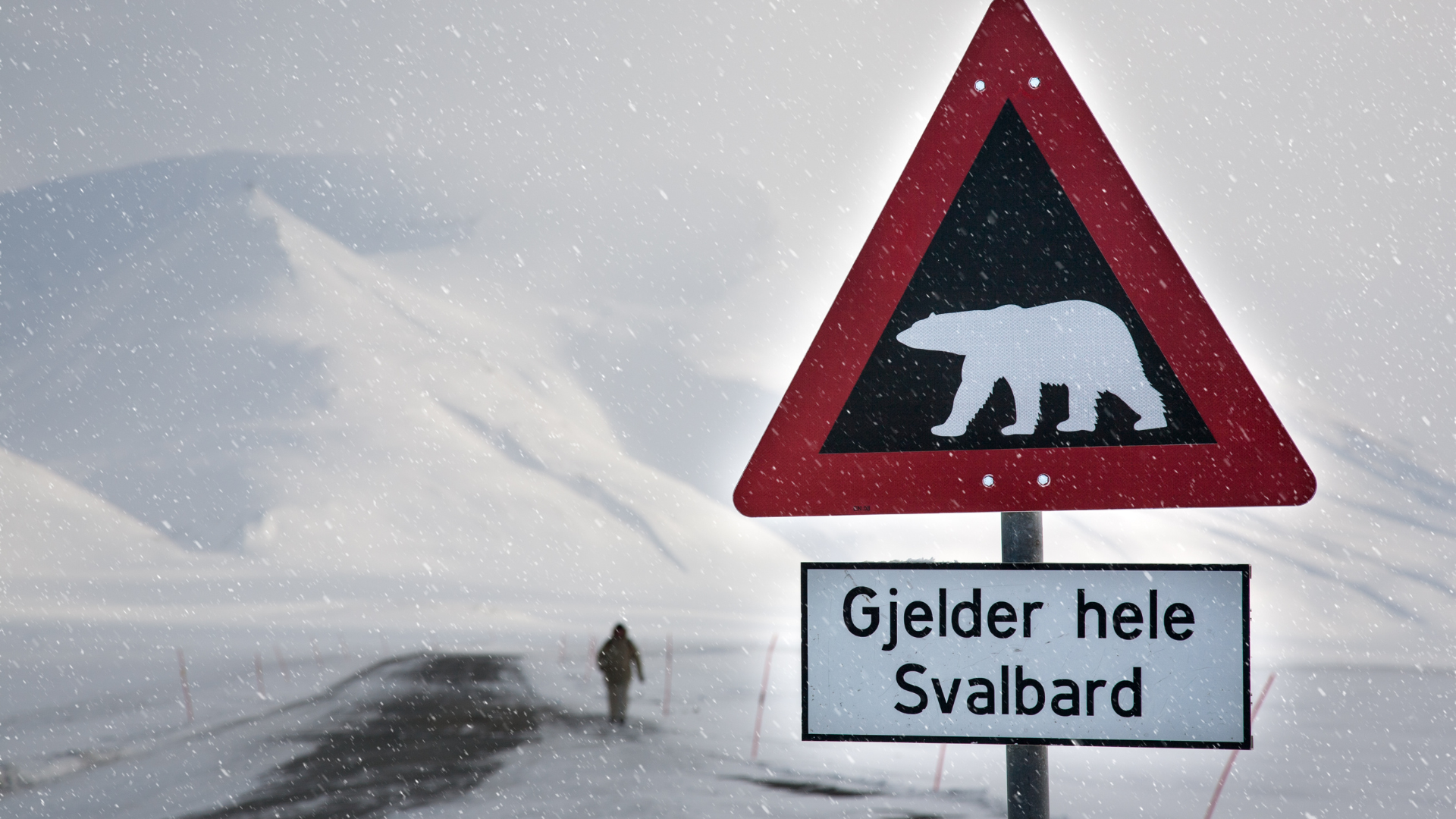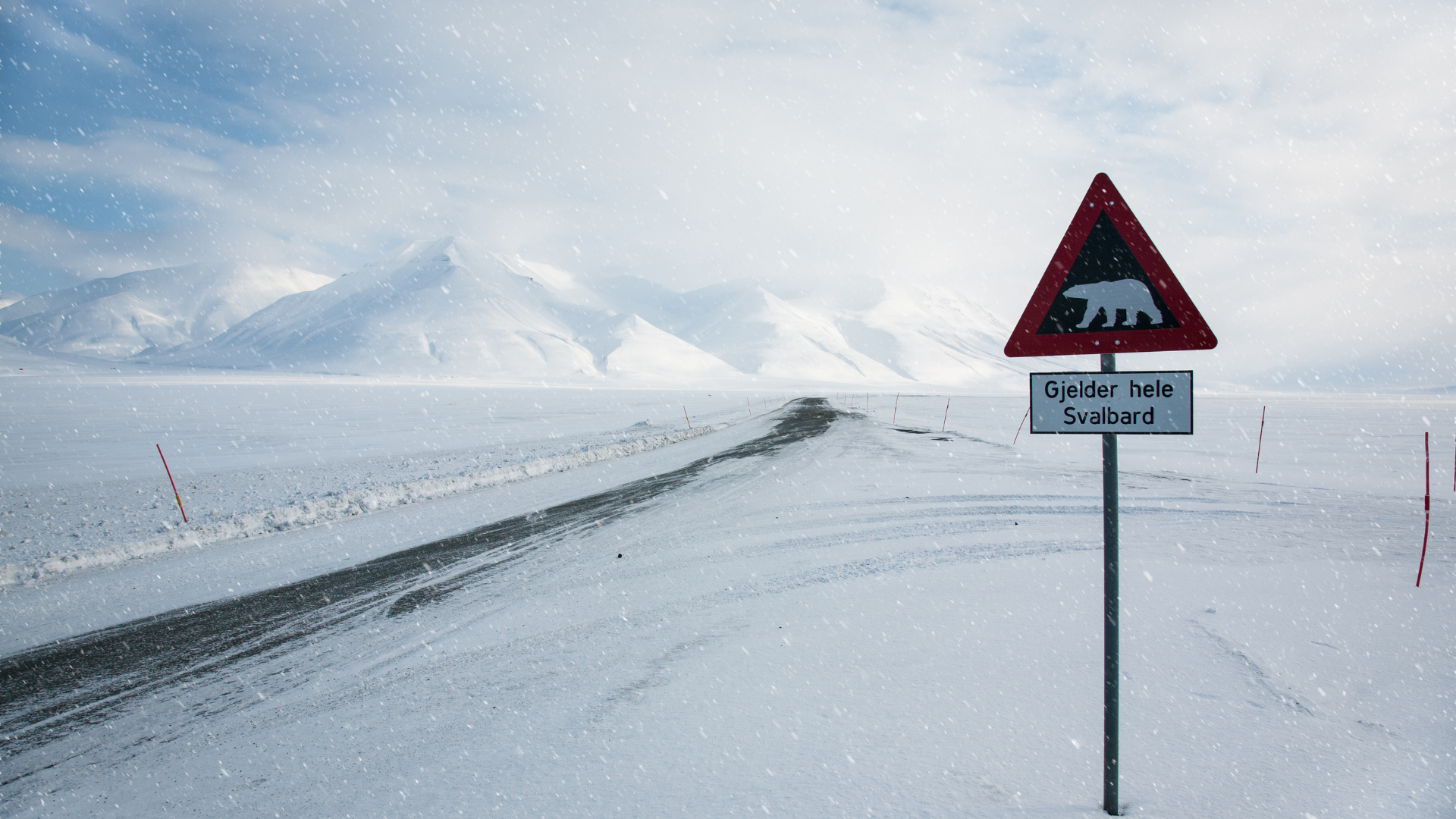Discovering Svalbard: Exploring the Arctic Archipelago
Located amidst the Arctic Ocean, the enigmatic archipelago of Svalbard beckons adventurers with its stark beauty and untouched wilderness. As one of the world's northernmost inhabited areas, Svalbard captivates visitors with its unique blend of polar landscapes, rich wildlife, and captivating history. This article delves into the myriad facets of Svalbard, providing a comprehensive overview of this remote Arctic destination.
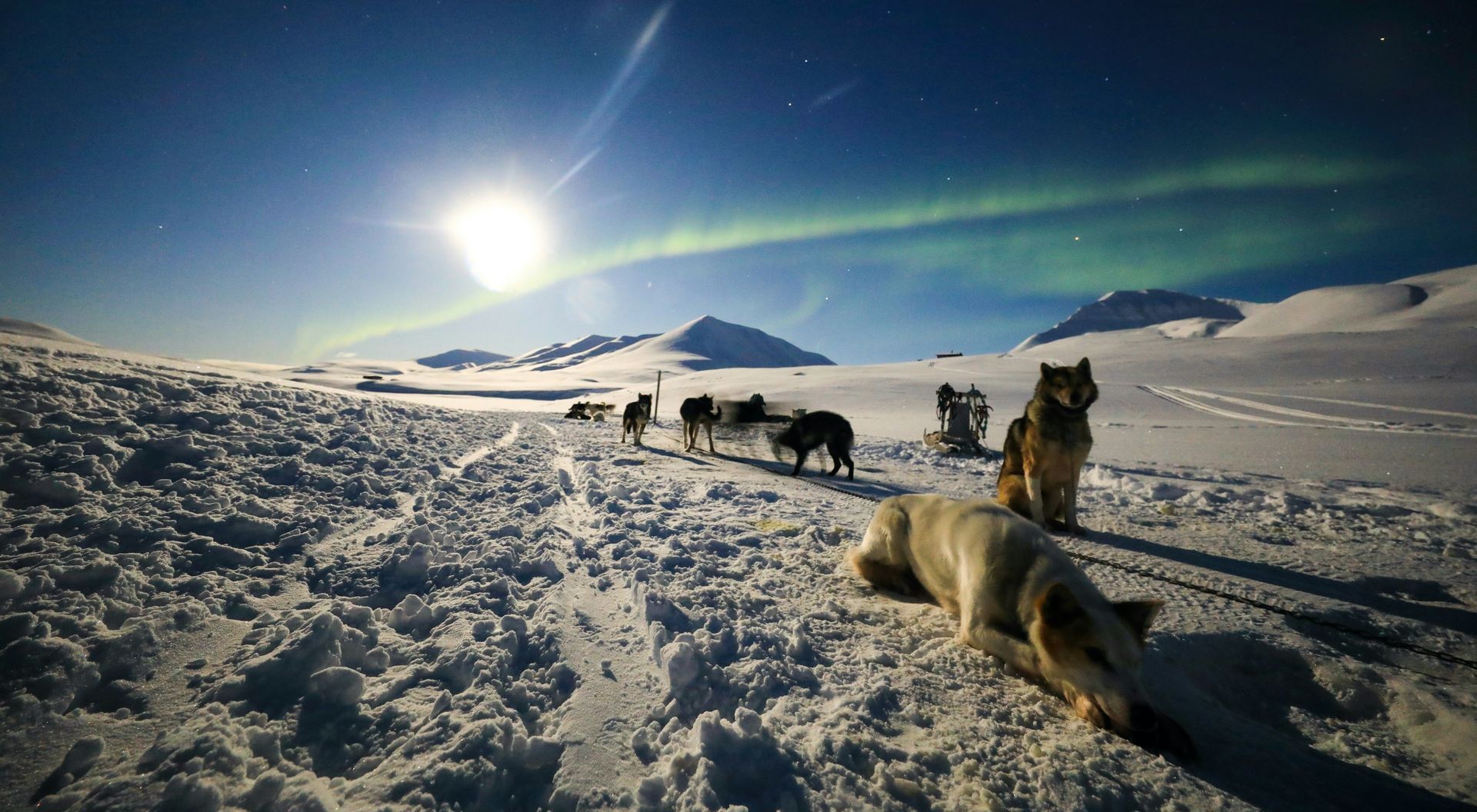
Geography and Climate:
Svalbard comprises a cluster of islands, with Spitsbergen being the largest and most populous. Its geography is characterized by dramatic fjords, towering glaciers, and expansive tundra, all set against a backdrop of rugged mountains. The archipelago experiences a polar climate, with long, harsh winters and brief, cool summers. The polar night blankets the region during winter, shrouding it in darkness for months, while the midnight sun illuminates the landscape during the summer, creating a surreal spectacle.
History and Governance:
Svalbard's history is intertwined with exploration, whaling, and coal mining. In 1920, the Svalbard Treaty granted Norway sovereignty over the archipelago while ensuring equal access to other signatory nations for scientific and economic activities. Today, Svalbard enjoys a unique status as a demilitarized zone and a free economic zone, with its governance overseen by Norway through the Governor of Svalbard. This arrangement fosters international cooperation and scientific research while preserving the pristine Arctic environment.
Wildlife and Conservation:
Svalbard's remote location and harsh climate have shaped its diverse wildlife, making it a haven for Arctic species. Iconic animals such as polar bears, Arctic foxes, reindeer, and seals roam its icy landscapes, while seabirds flock to its cliffs and shores. Polar bears, in particular, are emblematic of Svalbard, with strict guidelines in place to protect both bears and humans. The archipelago is also home to unique marine life, including whales and walruses, thriving in its cold, nutrient-rich waters. Conservation efforts in Svalbard focus on preserving its fragile ecosystems, with designated nature reserves and strict regulations governing human activities.
Human Settlements and Lifestyle:
Despite its harsh environment, Svalbard supports a small but resilient population, centered around settlements such as Longyearbyen, Ny-Ålesund, and Barentsburg. Longyearbyen serves as the administrative hub and main population center, boasting amenities like schools, hospitals, and research facilities. The town's colorful buildings stand in stark contrast to the surrounding Arctic landscape, creating a vibrant oasis in the frozen wilderness. Residents of Svalbard lead a unique lifestyle, adapting to the challenges of living in extreme conditions while embracing the spirit of exploration and adventure.
Tourism and Adventure:
In recent years, Svalbard has emerged as a premier destination for Arctic tourism, attracting adventurers, nature enthusiasts, and researchers from around the globe. Visitors to Svalbard can embark on a myriad of outdoor activities, including glacier hiking, dog sledding, snowmobiling, and wildlife safaris. Expeditions to remote areas offer the chance to witness polar bears in their natural habitat or marvel at the otherworldly beauty of ice caves and frozen landscapes. However, tourism in Svalbard is carefully regulated to minimize environmental impact and preserve the pristine wilderness for future generations.
Scientific Research and Exploration:
Beyond its natural wonders, Svalbard serves as a crucial hub for scientific research and exploration in the Arctic. The unique environment of the archipelago offers researchers unparalleled opportunities to study climate change, glaciology, Arctic ecosystems, and more. Research institutions and universities from around the world conduct studies in Svalbard, leveraging its pristine wilderness as a natural laboratory. Field stations and research facilities provide the infrastructure for scientists to conduct experiments and gather data in extreme conditions.
One notable institution is the University Centre in Svalbard (UNIS), which offers higher education and research opportunities in Arctic studies. UNIS attracts students and scholars from diverse academic backgrounds, fostering a collaborative spirit and interdisciplinary approach to Arctic research. From studying the effects of climate change on Arctic flora and fauna to exploring the dynamics of glaciers and permafrost, Svalbard's scientific community plays a vital role in advancing our understanding of the Arctic environment.
Cultural Heritage and Exploration:
Svalbard's rich cultural heritage reflects centuries of human interaction with the Arctic landscape. From early explorers and whalers to coal miners and researchers, the archipelago has been shaped by the endeavors of diverse communities. Historic sites such as the remains of whaling stations and mining settlements offer insights into Svalbard's industrial past. The Svalbard Museum in Longyearbyen preserves artifacts and exhibits documenting the region's history, culture, and natural environment.
Explorers can embark on guided tours to learn about Svalbard's heritage and explore its historic landmarks. From the Russian mining town of Barentsburg to the remnants of trapper cabins scattered across the tundra, these excursions provide a glimpse into the human history of the Arctic. Cultural events and festivals, such as the annual Polarjazz festival, showcase Svalbard's vibrant community and celebrate its unique cultural identity.
Conclusion:
In conclusion, Svalbard stands as a testament to the resilience of life in the Arctic and the enduring spirit of exploration. From its breathtaking landscapes and diverse wildlife to its rich history and scientific research, the archipelago offers a wealth of experiences for adventurers and nature enthusiasts alike. Whether trekking across glaciers, encountering polar bears in their natural habitat, or delving into Svalbard's cultural heritage, visitors are sure to be captivated by the beauty and mystery of this remote Arctic destination. As Svalbard navigates the challenges of the modern world, its allure as a gateway to the Arctic wilderness remains undiminished, inviting travelers to embark on a journey of discovery and exploration at the top of the world.


